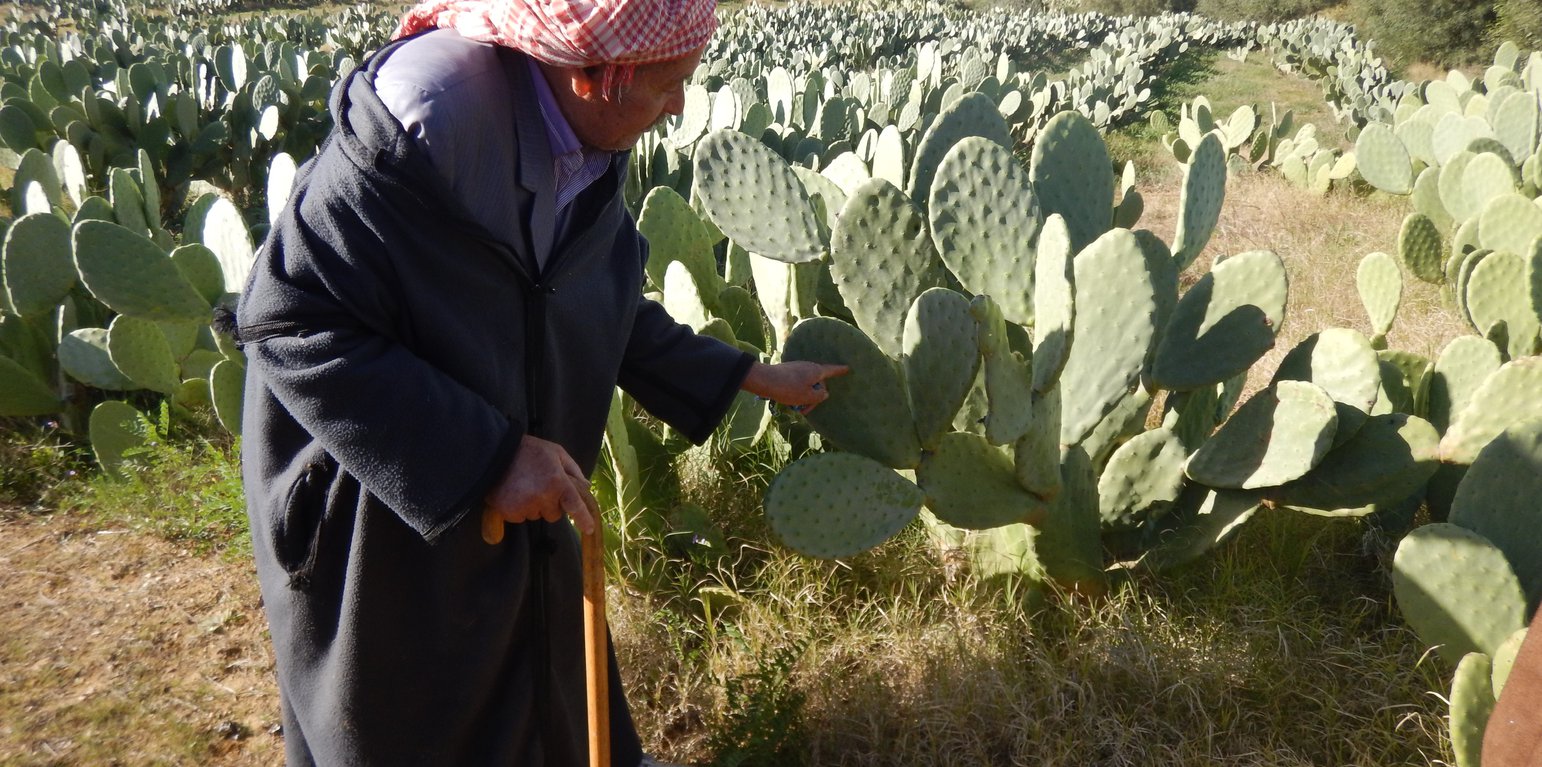



The central areas of Tunisia are semi-arid and receive less than 500 millimeters of annual rainfall . Most of these lands are considered marginal as result of land degradation. Marginal lands are often used as (unproductive) grazing land for livestock. To revitalize these areas and to benefit the local population, the International Centre of Agricultural Research in Dry Areas (ICARDA) and its national partners have investigated the potential of cactus as a crop (e.g. Opuntia fiscus-indica).
Spineless cactus was already introduced in Tunisia during the sixteenth and seventeenth centuries, but beginning in 1920-1930 cultivation for fodder production has gradually evolved. Opuntia is known for its invasive character, but the particular species being promoted - Opuntia fiscus-indica - is non-invasive. The crop is well suited for the Tunisian context because the cacti can cope with high temperatures and grow well in (semi)-arid areas with limited rainfall. Additionally, the plant is very resilient as it can withstand a long dry season due to its high water- content and water-use -efficiency, which are a result of its morphology (waxy cuticle, no actual leaves) and its Crassulacean Acid Metabolism (CAM). In a CAM plant, stomata in the leaves remain shut during the day to reduce evapotranspiration, but open at night to collect and fix carbon dioxide (CO2). In general, cacti have multiple products that benefit local livelihoods. These are, for example, stable production of fodder for livestock and fruits for human consumption. Also, cactus can grow and produce requiring few inputs such as fertilizers, therefore marginal lands are well suited for cultivation. The main current risk for cactus cultivation is the risk of cochineal, an insect pest.
To establish a cactus plantation, the surface is ploughed to loosen up the often crusted soil. Then furrows are constructed in which the cacti pads are planted. Simultaneously, the furrows are partly filled with manure. The depth and widths of the furrows are 30 centimetres. The spacing between plants within the row is 50 centimeters and the distance between rows is 5 meters.
A cactus plantation needs weeding. Weeding is mechanically done by a plough in March to May. Harvesting of fruit is manually done by fruit-pickers in August to September. Cacti can also be harvested for their pads, which can be fed to livestock or used for outplanting. It is excellent fodder as it has a high nutritional value and high water-content. On average, a farmer following these agronomic practices generates an income of 800 USD per hectare.
To conclude, this documentation shows that the implementation of cacti is socio-economically and environmentally appropriate to cultivate marginal lands as cacti uses water and nutrients highly efficient while reducing land degradation. Therefore, the out-scaling of cacti is very valuable and a practical option to fight land degradation and enhance smallholder’s income.
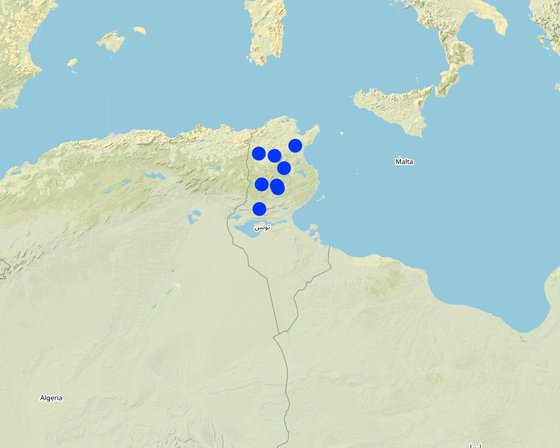
الموقع: Kairouan, Zaghouan, Siliana, Kef, Sidi Bouzid, Kasserine and Gafsa, Central Tunisia, تونس
عدد مواقع تنفيذ التقنيةالتي تم تحليلها: 100 - 1000 موقع
انتشار التقنية: منتشرة بالتساوي على مساحة (approx. 10-1 كم2)
في منطقة محمية بشكل دائم؟: كلا
تاريخ التنفيذ: منذ 10-50 سنة
نوع التقديم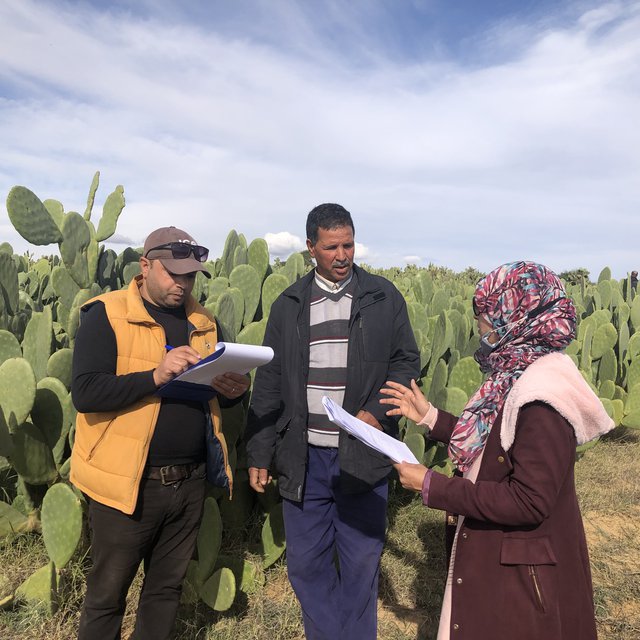
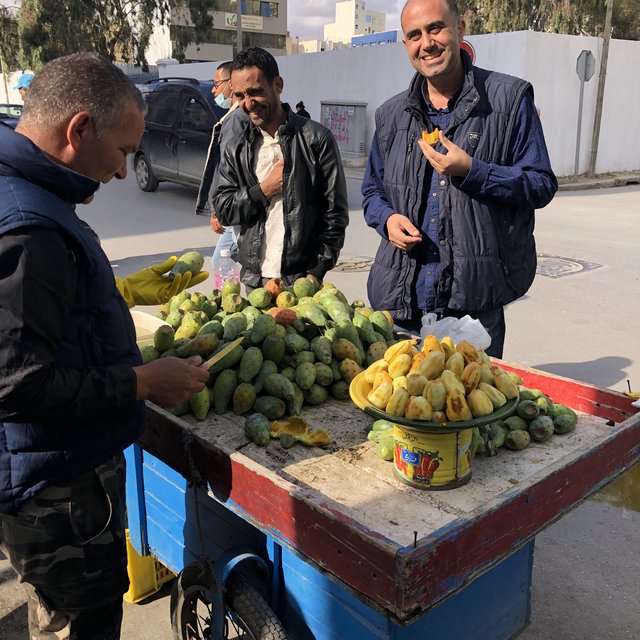



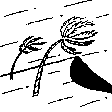





| تحديد المدخلات | الوحدة | الكمية | التكاليف لكل وحدة (دولار أمريكي USD) | إجمالي التكاليف لكل مدخل (دولار أمريكي USD) | % من التكاليف التي يتحملها مستخدمو الأراضي |
| العمالة | |||||
| Planting & Fertilizer Application | Person-Hours | 91,5 | 0,875 | 80,06 | 100,0 |
| معدات | |||||
| Furrow Digging | Machine-Hours | 1,0 | 10,0 | 10,0 | 100,0 |
| Surface Soil Ploughing | Machine-Hours | 2,0 | 10,0 | 20,0 | 100,0 |
| المواد النباتية | |||||
| Cactus Pads | Pads | 4000,0 | 0,045 | 180,0 | 100,0 |
| الأسمدة والمبيدات الحيوية | |||||
| Fertilizer | Ton | 1,0 | 110,0 | 110,0 | 100,0 |
| إجمالي تكاليف إنشاء التقنية | 400.06 | ||||
| إجمالي تكاليف إنشاء التقنية بالدولار الأمريكي | 400.06 | ||||
| تحديد المدخلات | الوحدة | الكمية | التكاليف لكل وحدة (دولار أمريكي USD) | إجمالي التكاليف لكل مدخل (دولار أمريكي USD) | % من التكاليف التي يتحملها مستخدمو الأراضي |
| العمالة | |||||
| Harvesting | Person-Hours | 40,0 | 0,875 | 35,0 | 100,0 |
| معدات | |||||
| Weeding | Machine-Hours | 1,0 | 10,0 | 10,0 | 100,0 |
| إجمالي تكاليف صيانة التقنية | 45.0 | ||||
| إجمالي تكاليف صيانة التقنية بالدولار الأمريكي | 45.0 | ||||